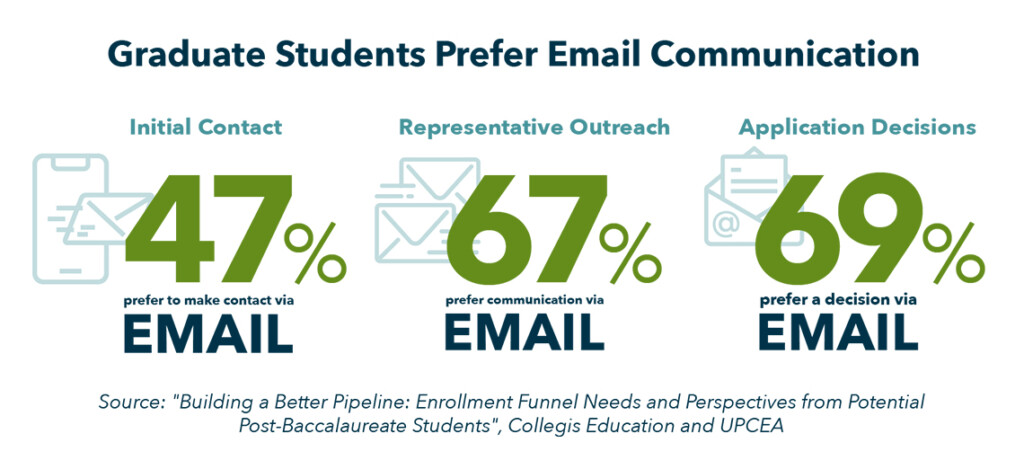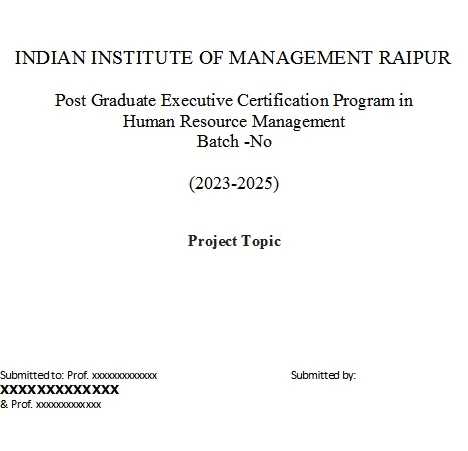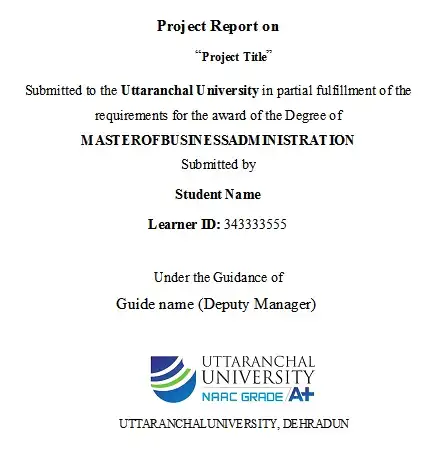I lead our largest optional final-year module – Crime, Justice and the Sex Industry – with 218 registered students for the 24–25 academic year.
That is a lot of students to assess.
For that module in the context, I was looking for an assessment that is inclusive, authentic, and hopefully enjoyable to write.
I also wanted to help make students into confident writers, who make writing a regular practice with ongoing revisions.
Inspired by the wonderful Katie Tonkiss at Aston University, I devised a letter assessment for our students.
This was based on many different pedagogical considerations, and the acute need to teach students how to hold competing and conflicting harms and needs in tension. I consider the sex industry within the broader context of violence against women and girls.
The sex industry, sexual exploitation, and violence against women in girls are brutal and traumatic topics that can incite divisive responses.
Now more than ever, we need to be able to deal well with differences, to negotiate, to encourage, to reflect, and to try and move discussions forward, as opposed to shutting them down.
Their direction and pace
During the pandemic, I designed my module based on a non-linear pedagogy – giving students the power to navigate teaching resources at a direction and pace of their choosing.
This has strong EDI principles, and was strongly led by my own dyslexia. I recognised that students often have constraints on their time and energy levels that mean they need to engage with learning in different patterns during different weeks – disclosing that they “binge watch” lecture videos, podcasts, or focus heavily on texts during certain weeks to block out their time.
The approach also honours the principles of trauma-informed teaching, empowering students to navigate sensitive topics of gender-based and sexual violence.
As I argue here with Lisa Anderson, students are now learning in a post-pandemic context with differing expectations, accessibility needs, and barriers including paid work responsibilities.
The “full-time student” is now something of an anachronism, and education must meet this new reality – there are now more students in paid employment than not according to the 2023 HEPI/Advance HE Student Academic Experience Study.
We have to meet students where they are, and, presently, that is in a difficult place as many students struggle with the cost of living and the battle to “have it all”.
Students may not be asked to write exam answers or essays in their post-university life, but they will certainly be expected to write persuasively, convincingly, engaging with multiple viewpoints, and sitting with their own discomfort.
This may take the form of webpage outputs, summaries, policy briefings, strategy documents, emails to stakeholders, campaign materials. As such, students are strongly encouraged to think about the letter from day one of semester, and consider who their recipient will be.
They are told that it is easier to write such a letter to somebody with an opposing viewpoint – laying out your case in a respectful, warm and supportive way to try and progress the discussion. Students are also encouraged to acknowledge their own positionality, and share this if desirable, including if they can identify a thinker, document or moment that changed their position.
Working towards change
An example is a student who holds a position influenced by their faith, writing their letter to a faith leader or family member, acknowledging that they respect their beliefs, but strongly endorsing an approach that places harm-reduction and safety first. Finding a place of agreement and building from there, and accepting that working towards change can be a long process.
Another example is a student who holds sex industry abolitionist views, writing to a sex worker, expressing concern and solidarity with the multiple forms of harm, stigma and violence they have experienced, including institutional violence.
They consider how the law itself facilitates the context that makes violence more likely to occur. This is particularly pertinent at the moment as we experience a fresh wave of digital “me too” and high-profile cases of sexual violence and victim-blaming.
In this way, students are taught to examine different documents and evidence, from legal, policy, charity briefings and statements, journal articles, books, reports, documentaries, global sex worker grassroots initiatives, news reports, social media campaigns and footage, art, literature, etc.
By engaging with different types of sources, we challenge the idea that academic material is top of the knowledge hierarchy, and platform the voices who often go unheard, including sex workers globally.
The students cross-reference resources, and identify forms of harm, violence and discrimination that may not make official narratives. This also encourages students to be active members of our community, contributing to each workshop either verbally or digitally, in real-time, or asynchronously via our class-wide google doc.
Students are also taught that it is OK to not have the definitive answer, and to instead ask the recipient to help them further their knowledge. They are also taught that it is ok to change our position and recommendations depending on what evidence we encounter.
Above all, they are taught that two things can be true at the same time: something might be harmful, and the response to it awful too.
Students responded overwhelmingly in favour of this approach, and many expressed a new-found love of writing, and reading. Engaging with many different mediums including podcasts, tweets, reels, history talks, art exhibitions, gave them confidence in their reading and study skills.
Putting choice and enjoyment in the curriculum is not about “losing academic rigour”, it is about firing students up for their topics of study, and ensuring they can communicate powerfully to different audiences using different tools.
Dear me, I wish we had tried this assessment sooner. xoxo









